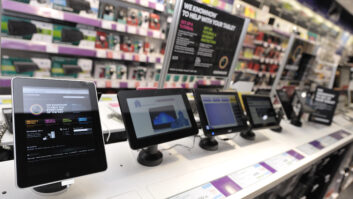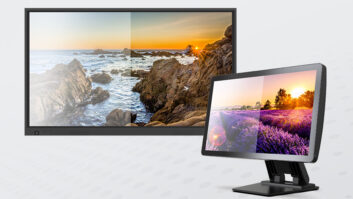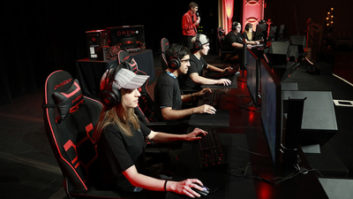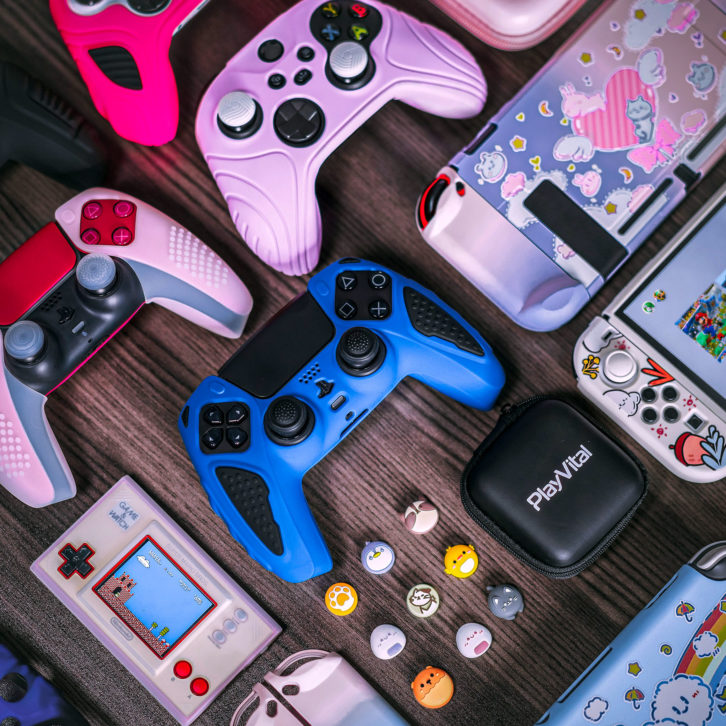 Like most other digital entertainment sectors, the video game category is experiencing somewhat of a transition in 2022, and the future of the category could be defined by a slew of anticipated new hardware and technologies expected in the next 18 months. Fortunately, these new video game products could spell good news for consumer technology retailers looking to spark sales excitement.
Like most other digital entertainment sectors, the video game category is experiencing somewhat of a transition in 2022, and the future of the category could be defined by a slew of anticipated new hardware and technologies expected in the next 18 months. Fortunately, these new video game products could spell good news for consumer technology retailers looking to spark sales excitement.
One aspect of the anticipated video game transition is being driven by the lucrativeness of the market, even with a slight regression expected this year after a two-year Covid bump. NPD projects that video game hardware, content and accessories will dip a bit this year to $55.5 billion in the U.S., a decline of 8.7% compared to 2021. CTA, however, is, not unexpectedly, a bit more gaming bullish for H2. According to Steven Hummel, a CTA market research manager, gaming consoles were the fourth most anticipated tech product consumers expected to purchase in 2022, with 29% of U.S. households planning to buy one. CTA says more than 15 million home gaming consoles will ship in 2022 in the U.S., a 5% increase from 2021.
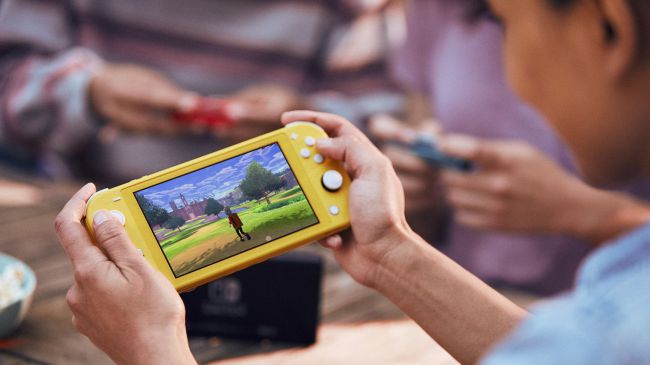 Worldwide, IDC expects video game market revenue to rise slightly to $275 billion this year. According to Piers Harding-Rolls, research director for Ampere Games, consumers around the world will spend $18 billion just on new consoles in 2022, while new boxed games will drive $9 billion in spending. “So, across these two parts of the market, there is an almost $30 billion market opportunity,” Harding-Rolls concludes. “Add in accessories, used games and hardware and merchandise, and the market remains substantial. Reselling game subscription cards or store credit on prepaid cards is well established but remains relevant.”
Worldwide, IDC expects video game market revenue to rise slightly to $275 billion this year. According to Piers Harding-Rolls, research director for Ampere Games, consumers around the world will spend $18 billion just on new consoles in 2022, while new boxed games will drive $9 billion in spending. “So, across these two parts of the market, there is an almost $30 billion market opportunity,” Harding-Rolls concludes. “Add in accessories, used games and hardware and merchandise, and the market remains substantial. Reselling game subscription cards or store credit on prepaid cards is well established but remains relevant.”
Regardless of single-digit market rises or falls of video game sales this year, the overall market remains enormous and still sits comfortably second behind the TV business in the overall entertainment market, more than three times that of the movie business. However, the uniquely splintered nature of the video game industry – from the varying hardware and content platforms including mobile (smartphones and handhelds), PC, and console, to its wide accessories opportunities led by headphones, monitors, and keyboards/controllers, present plenty of areas of continued retail sales potential.
According to Ampere, the global mobile video game content and services market will generate $111.1 billion globally this year, the console market $42.6 billion, and the PC gaming market $34.2 billion, and IDC projects revenues from the sale of PC and console gaming accessories and peripherals this year will reach $20.6 billion.
“Gaming is a different space than other tech because the content these devices can play have an important role in the sales of the hardware and software,” observes Emily Herbert, research associate on the North America team for Counterpoint.
New Hardware Anticipation
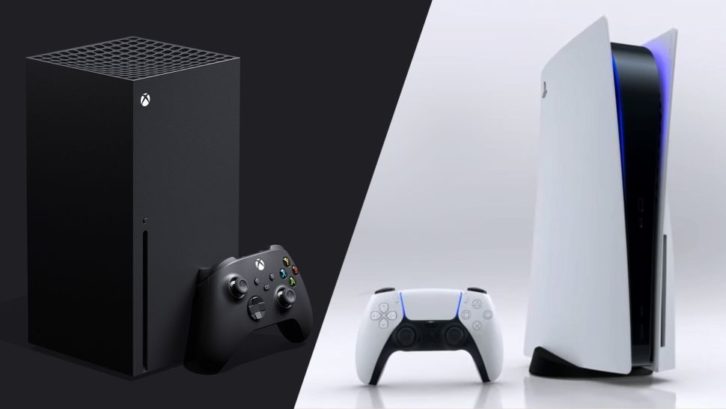
As usual, the fall will bring new gaming hardware. A third update to the Sony PlayStation 5, the CFI-1200, has already appeared in Australia, was expected to be released in Japan on September 15, and eventually the rest of the world, although Sony has not said when. Sony also started pre-sales of a new camouflage PS5 and accessories on September 15.
Microsoft revealed a more affordable Xbox Elite Controller Series 2 “Core” ($130) sans interchangeable components and a separate Component Pack ($60), both scheduled to be available on September 21.
On the portable gaming side, most anticipated is wider availability of the popular Valve Steam Deck portable, which originally went on sale in February but suffered from extensive shortages due to unanticipated high demand along with Covid-impacted production issues. While Valve struggles to fulfill orders, rumors of a pending second-generation handheld have begun swirling. New versions of Nintendo’s popular Switch portable, including the Pokemon Scarlet and Violet version, are coming this holiday season, according to Ampere’s Harding-Rolls. These and other portable gaming handsets continue to battle the more all-in-one but still technologically and ergonomically restricted smartphone for mobile gaming supremacy.
On the accessory side, next-gen 3D “spatial” 360-degree headphones and even neck speakers are bringing more aurally enveloping experiences for players. “The word ‘immersive’ is a large buzzword for gaming and the hardware being developed and trending now will push to make the most immersive experience,” explains Counterpoint’s Herbert. Additionally, LG just released a “bendable” monitor that transforms from a flat wide screen monitor into a curved one.
New Tech, New Potential
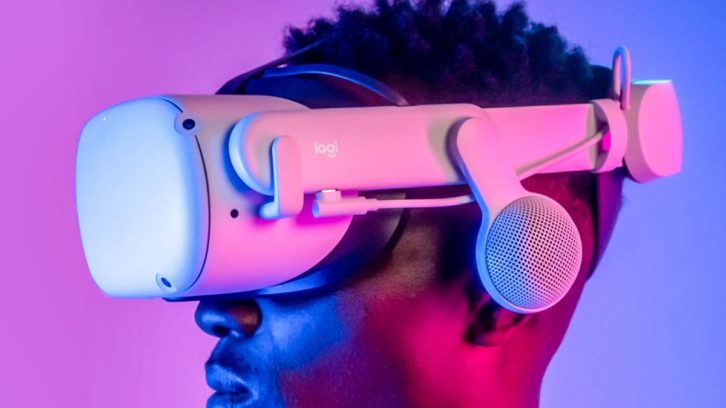
Perhaps the most anticipated new gaming development is “meta” or “metaverse,” thoroughly video immersive virtual reality gaming, especially for massive multiplayer online games, aka MMOs such as “Call of Duty.”
Leading the metaverse hardware world is the Meta Quest 2 – formerly the Oculus Quest 2 – of which 10 million were shipped by the end of 2021 according to Counterpoint, compared to 6.6 million Sony PlayStation VR, 3.3. million HTC Vive, and 7.6 million other Meta VR headset versions. Sony is expected to release its PlayStation VR2, theoretically by the end of this year, “but with the ongoing supply chain issues the OEM is facing, [Sony] is unlikely to release the device until 2023,” according to Herbert, along with 20 games from both first- and third-party developers. Counterpoint expects standalone VR will reach almost 40 million units by 2025, while a new report from ARRIS Composites finds that 79% of Americans are interested in VR, with 29% planning to buy a VR headset in the next year – and, more importantly, that 92% of VR headsets are used for gaming.
“I’m predicting that 2023 will be huge not just because of ongoing Meta momentum with its Quest line but because PSVR 2 will supposedly launch in late 1Q 2023, and that will have a lot of great games coming out for it next year,” agrees Lewis Ward, IDC’s gaming, esports, and VR/AR research director. “VR isn’t a huge part of the gaming pie, but I do expect to see at least 100% revenue growth next year worldwide in this market relative to 2022’s total.”
See also: Another View: The PS5 Price Hike Is Part Of A Worrying Trend






